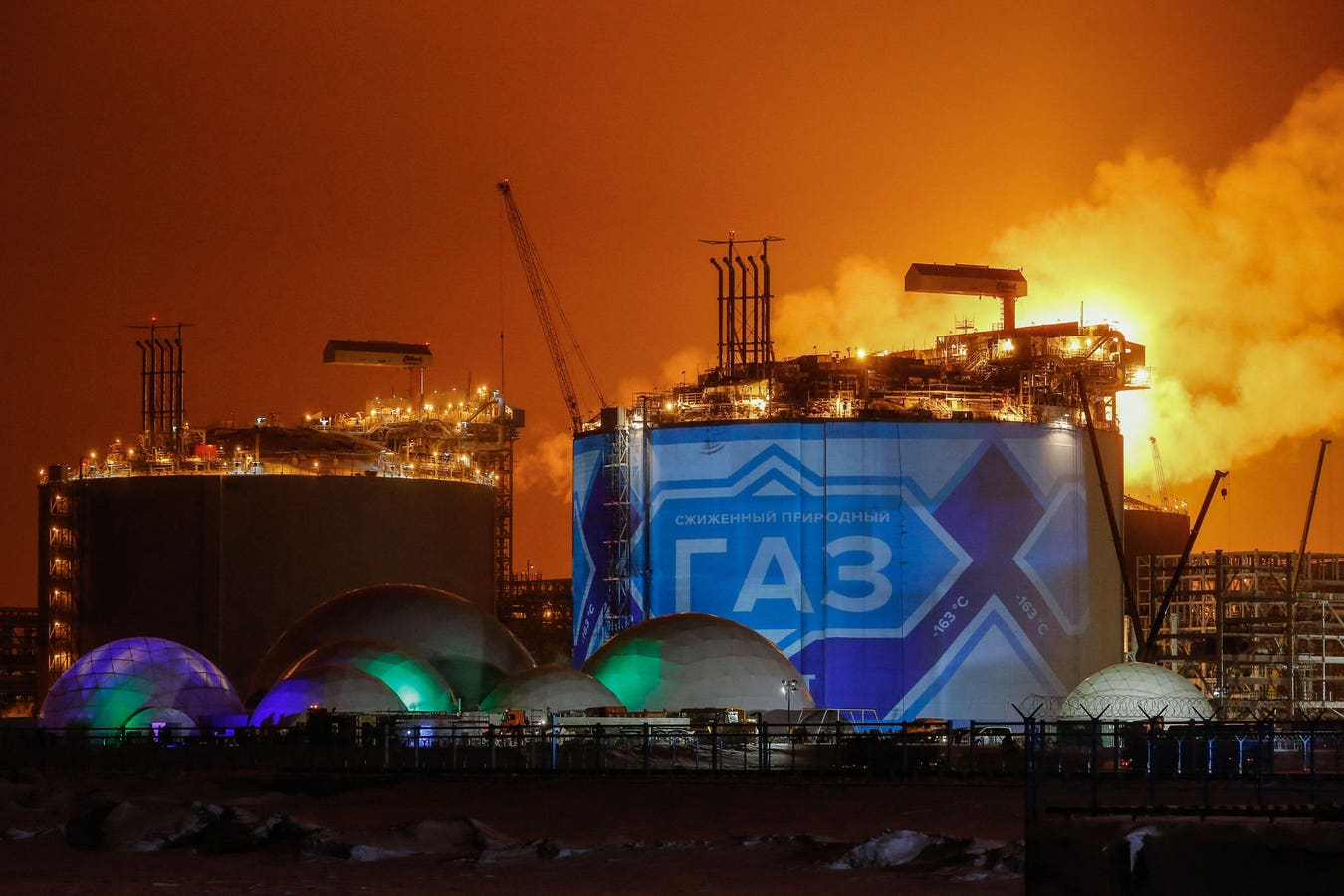Vladimir Nekrasov, a prominent executive in Russia’s energy sector who criticized Putin, has had a tragic accident. These unavoidable twists of fate mean that up to 40 of the top managers in Russian energy have died since the war in Ukraine began. Coincidentally, they all commonly express skepticism towards Russia’s energy strategy, its funding streams, and its ability to fund the Kremlin’s war effort.
Prior to exposés recently released by Le Monde and Der Spiegel, it was assumed these deaths were Putin sweeping away the opposition and shaking down oligarchs for much-needed capital. While this remains true, the revelations that multiple French and German companies were cooperating with the Russian state in an “arctic pivot” for energy exports may have revealed another reason. Many of these Russian executives stood to lose significantly from Russia’s new energy strategy: pivot exports to the difficult-to-monitor Arctic to mitigate sanctions and may have resisted the transition.
Following sanctions by the European Union on April 8th, 2022, targeting the energy sector, exports to Russia of products and technologies used in natural gas liquefaction were banned. Any technical, financial, or logistical assistance was also explicitly forbidden, with companies given a month to comply with the sanctions. Western energy corporations such as Linde
LIN
Despite mostly complying and bringing a large number of components to Russia before the deadline, Western companies supplied machinery and other inputs for numerous arctic infrastructure projects after the sanctions came into force from August to October 2022.
How were Western corporations able to support Russia’s Arctic LNG 2 project despite the enforcement of sanctions? The French Economy Ministry, responsible for enforcing sanctions in France, explains that their application “depends on a case-by-case analysis.” Sanctions have poor monitoring and enforcement, so while the law is enforced on a European level, there are disparities in implementation from one country to another.
By stating that components sent to help Arctic LNG 2’s project weren’t important inputs or that the assistance was for infrastructure rather than energy exports, these energy corporations carefully concealed their actual involvement.
Arctic LNG 2 is Russia’s largest gas export project yet. Located in northern Siberia’s Gyda peninsula, this location was previously inaccessible due to the Arctic ice – another example of climate change in action. It is meant to liquefy all natural gas from the many Siberian fields and plans to export 20 million tons of LNG per year – an equivalent of approximately 45 billion cubic meters a year.
By building a new export terminal and directing the efforts of collaborators there, Russia is attempting to use the far less stringent sanctions regime relating to infrastructure, construction, and transportation to increase energy exports. The imports of dual-use technologies is often associated with military tech and civilian electronics, but it can be just as easily transposed into the energy sector. A litany of goods not exclusive to the energy sector can be directed in a way that either the energy industry can directly use, or the energy producers benefit from.
Russia’s endeavors to evade the significant sanctions placed on it due to the war in Ukraine. Its victory on the battlefield depends on it. By physically dispersing its LNG exports, and with the help of clever legal, regulatory, and accounting tricks, Russia will be able to generate enough revenue to further fund its war pursuits. By 2030, Russia hopes to export 100 million metric tons of LNG as a whole, and lead the world in the LNG market. Arctic LNG 2 brings this strategic vision closer to fruition.
Russia’s response to sanctions is not surprising – it is the expected behavior of any sanctioned actor regardless of motive or degree. What is truly distressing is the blind rush of some Western companies to continue doing business with Russia. Short-term profits may make a few executives rich, but the end result will be the undermining of their own businesses and the political disadvantage of the West.
Although many European nations halted their use of Russian pipeline gas, many have not halted their purchase of Russian LNG. In 2022, Belgium, France, the Netherlands, and Spain even increased their year-on-year imports of Russian LNG by a third. The European Union is avoiding further sanctions on LNG, as it requires unanimity among all EU countries which is increasingly difficult due to Hungary and now Slovakia. Fears of retaliation and facing the electorate means Russia has a clear opportunity to continue forth with LNG growth.
Sanctions are biting Russia, but countering Russia’s LNG pivot is not as simple as demanding more enforcement. To neuter Russia’s greatest geopolitical tool, energy prices must fall and the West needs to explore every option to realize this. America’s already booming LNG exports need support from the Biden administration to outcompete Russian LNG. Strategic partners in LNG such as Qatar and Australia need investment to supply not just Europe, but energy-hungry emerging markets such as India.
LNG is a potent bridge fuel that can decrease the West’s energy dependency on hostile foreign powers. However, we must ensure that the bridge has safe and secure foundations and is built towards a worthwhile destination.
Read the full article here





